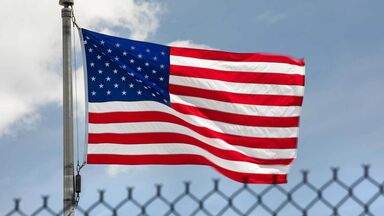Intervention Definition
ĭntə-r-vĕnshən
interventions
noun
interventions
The act of intervening.
Webster's New World
The systematic process of assessment and planning employed to remediate or prevent a social, educational, or developmental problem.
Early intervention for at-risk toddlers.
American Heritage Medicine
Any interference in the affairs of others, esp. by one country in the affairs of another.
Webster's New World
An act that alters the course of a disease, injury, or condition by initiating a treatment or performing a procedure or surgery.
American Heritage Medicine
An organized confronting of a person who has a serious problem, as an addiction to drugs or alcohol, by friends and family assembled to urge rehabilitation, etc.
Webster's New World
Synonyms:
Antonyms:
Other Word Forms of Intervention
Noun
Singular:
interventionPlural:
interventionsOrigin of Intervention
-
From Middle French intervention, from Latin interventiō
From Wiktionary
Intervention Is Also Mentioned In
Find Similar Words
Find similar words to intervention using the buttons below.





